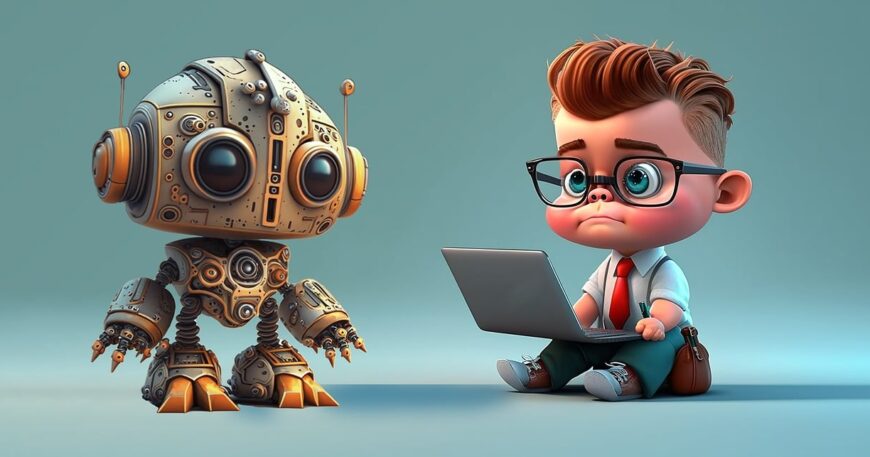The rapid rise of artificial intelligence (AI) and automation is fundamentally changing industries across the globe, reshaping the job landscape we’re familiar with. According to a recent report from the World Economic Forum (WEF), an astonishing 85 million jobs could be taken over by AI-powered machines by 2025. This prediction has sparked both enthusiasm and concern among economists, policymakers, and workers in various fields.
While the infiltration of AI into the workforce isn’t a new concept, its extraordinary growth in recent years is remarkable. From chatbots handling customer service inquiries to self-driving cars navigating our streets, AI is increasingly performing tasks that were traditionally done by humans. While automation offers the promise of greater efficiency, productivity, and economic growth, it also presents significant challenges for the job market.
The WEF’s report sheds light on which industries and job roles are most vulnerable to automation. Jobs that involve routine and repetitive tasks, like data entry, assembly line work, and certain administrative duties, are at higher risk of being automated. Moreover, advancements in natural language processing have enabled AI to encroach on fields like content creation, transcription, and even basic legal and medical services.
As this technological revolution unfolds, it’s crucial for governments, businesses, and individuals to adapt to the evolving employment landscape. Forward-thinking leaders are already devising strategies to harness the potential of AI while ensuring a fair transition for workers affected by automation. Several key steps can be taken to manage this transformation effectively:
- Upskilling and Reskilling: Investing in programs to upskill and reskill workers can equip them with the skills needed for new roles that complement AI. These programs should focus on nurturing distinctly human abilities such as creativity, critical thinking, emotional intelligence, and complex problem-solving.
- Supporting Entrepreneurs and Startups: Encouraging entrepreneurship can lead to the creation of new jobs and industries that make use of AI technology. Governments and organizations can provide support to startups and small businesses to encourage innovation and job creation.
- Creating a Strong Safety Net: In a world where job displacement may become more common, establishing a robust social safety net is crucial. This safety net can include unemployment benefits, universal healthcare, and other forms of support to assist individuals during transitional periods.
- Promoting Collaboration Between Humans and AI: Instead of viewing AI as a direct competitor, organizations should explore how humans and AI can work together synergistically. AI can enhance human capabilities, leading to more efficient and impactful outcomes.
- Ethical Considerations and Regulation: Policymakers must address the ethical implications of AI adoption, ensuring that it aligns with principles of fairness, transparency, and accountability. Regulations can strike a balance between innovation and protecting workers’ rights.
While the idea of AI potentially displacing millions of jobs may seem daunting, history has shown that technological advancements often give rise to entirely new industries and opportunities. The transition to a workforce augmented by AI requires careful planning and collaboration from all stakeholders. By embracing change and preparing for the challenges ahead, we can navigate the future of work with confidence and seize the opportunities presented by AI.


